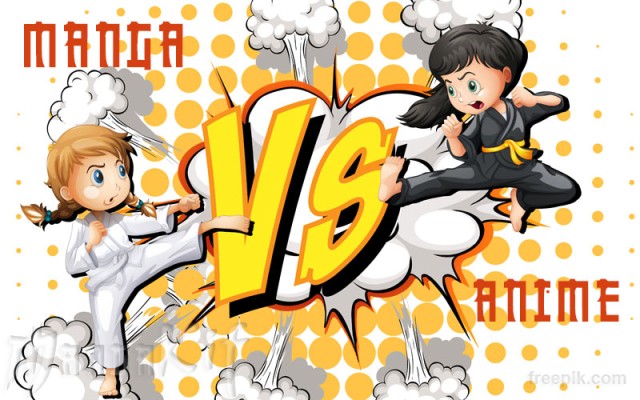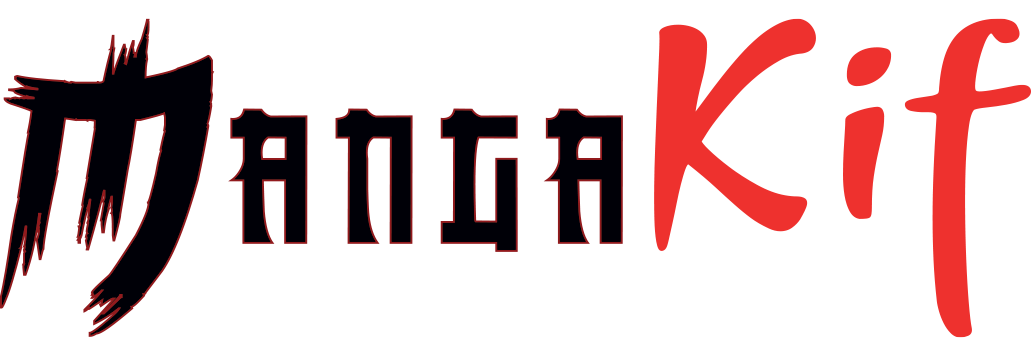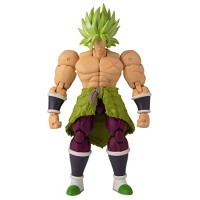Manga vs. Anime: What Are the Differences and How to Choose?
Have you ever wondered what the difference is between manga and anime, these two pillars of Japanese pop culture? Are you unsure which one to delve into to best experience epic adventures, love stories, or gripping thrillers? You're in the right place! This article aims to demystify the key differences between manga and anime and guide you in making a choice based on your preferences. From the darkness of the printed page to the brightness of the screen, from the nuances of each format to their pros and cons, you'll have all the information you need to make an informed decision.

Introduction
With a global market valued at billions of dollars, manga and anime are not just Japanese cultural phenomena, but forms of art that have captivated the world. If you're intrigued by these two mediums but are not yet sure which to choose, this article is for you. We will explore the characteristics that distinguish manga from anime, evaluate their respective pros and cons, and, of course, provide practical advice to help you choose the format that best suits you. From style to culture, cost, and availability, we will cover all aspects to assist you in making an informed choice.
1. What is Manga?
The word "manga" can be literally translated as "whimsical drawings" or "sketches", and it refers to a form of comic book originating from Japan. The roots of manga can be traced back centuries, but it was truly after World War II that this art form took off, largely thanks to artists like Osamu Tezuka, often considered the "God of Manga."
One of the most notable aspects of manga is its distinct graphic style, usually in black and white. Additionally, unlike Western comic books, manga is read from right to left, starting with the last page of the book. This feature may indeed be surprising at first, but it is an integral part of the experience. Manga can also include various iconic elements, such as stylized onomatopoeia and exaggerated facial expressions to emphasize the characters' emotions.
The world of manga is extremely diverse, with a range of genres from shōjo (targeted at a female audience) to shōnen (targeted at a male audience), as well as seinen (for adults), kodomo (for children), and many more. Titles like "Naruto", "One Piece", and "Attack on Titan" are globally renowned and represent different facets of manga.
2. What is Anime?
The term "anime" comes from the English word "animation", and thus refers to a form of media that uses animation to tell stories. Contrary to popular belief, anime is not a genre but rather a medium rooted in Japan. The history of anime dates back to the early beginnings of animation in Japan in the 1910s, but it wasn't until the 1960s, with the creation of series like Osamu Tezuka's "Astro Boy", that anime really gained in popularity.
Like manga, anime offers a wide variety of genres: shōnen, shōjo, seinen, and even sub-genres like "isekai" (parallel world) or "moe" (for cute). Iconic series like "Naruto", "My Hero Academia", and "Sailor Moon" have captivated global audiences, each in its own respective genre.
Anime differs from manga in several key characteristics. First, anime is in color and animated, offering a visual and auditory experience. Voice acting adds an extra layer of emotion and dynamism to the story. Moreover, music often plays a significant role in enhancing the mood and tone of a series or film. Animation techniques, such as the use of "cell-shading" for a more 3D look or "Chibi" to create humorous scenes, are other aspects that make anime unique.
3. Comparison Between Manga and Anime
To establish the most informed comparison between manga and anime, we've selected four key criteria that often influence fans' choices: format, consumption experience, story depth and details, as well as accessibility and availability.
3.1. Format: Paper vs. Screen
One of the most glaring differences between manga and anime is, of course, the format. Manga is a reading experience on paper, often in black and white, while anime is a visual and auditory experience broadcast on a screen. The choice between these two formats largely depends on your personal preferences: some find that manga offers greater freedom of interpretation, while others enjoy the dynamic and colorful aspects of anime.
3.2. Fan Experience: Active vs. Passive
The way one engages with these two media also differs. Reading manga can be considered a more active activity, as the reader controls the pacing and uses their imagination to bring characters and settings to life. Conversely, watching anime is often a more passive experience, where the pace is set by the director, and visual and auditory elements are already interpreted for you.
3.3. Details & Depth of the Story
Generally, manga tends to be more detailed in its narration and dialogues, often providing greater depth to characters and plots. This is partly due to the book format, which allows for more extended developments. Anime, on the other hand, can be limited by time and budget constraints, which can sometimes reduce the complexity of the story or characters.
3.4. Accessibility & Availability
Regarding the accessibility of these two mediums, anime often has the edge, especially with the rise of streaming platforms that make numerous series and films easily available online. Manga, although widely available online and in bookstores, can sometimes be difficult to find in certain regions or for less popular titles.
4. Advantages and Disadvantages
In this section, we will discuss the advantages and disadvantages of manga and anime to help you better understand what makes each of these media unique and appealing, as well as what might hinder your experience as a fan.
4.1. Advantages of Manga
Let's start by exploring the advantages of manga:
a) Reading Flexibility
One of the main advantages of manga is the flexibility it offers to readers. You can read at your own pace, whether quickly or by taking the time to delve into the details of each page.
b) Narrative Depth
Manga often has the space to develop complex stories and deep characters. This is due to the very nature of the format, which allows for long and detailed narrative arcs.
c) Portability
Another advantage is the portability of manga. You can easily carry one or multiple volumes with you and read your manga wherever you are, without needing a power source.
4.2. Advantages of Anime
Now let's move on to the advantages of anime:
a) Multisensory Experience
Anime offers a multisensory experience, combining visuals, sounds, and movement to create a dynamic and engaging story.
b) Varied Adaptations
Anime can be an excellent way to see how a manga story comes to life, often with changes or additions that can enrich the experience (or not

 Francais
Francais 


